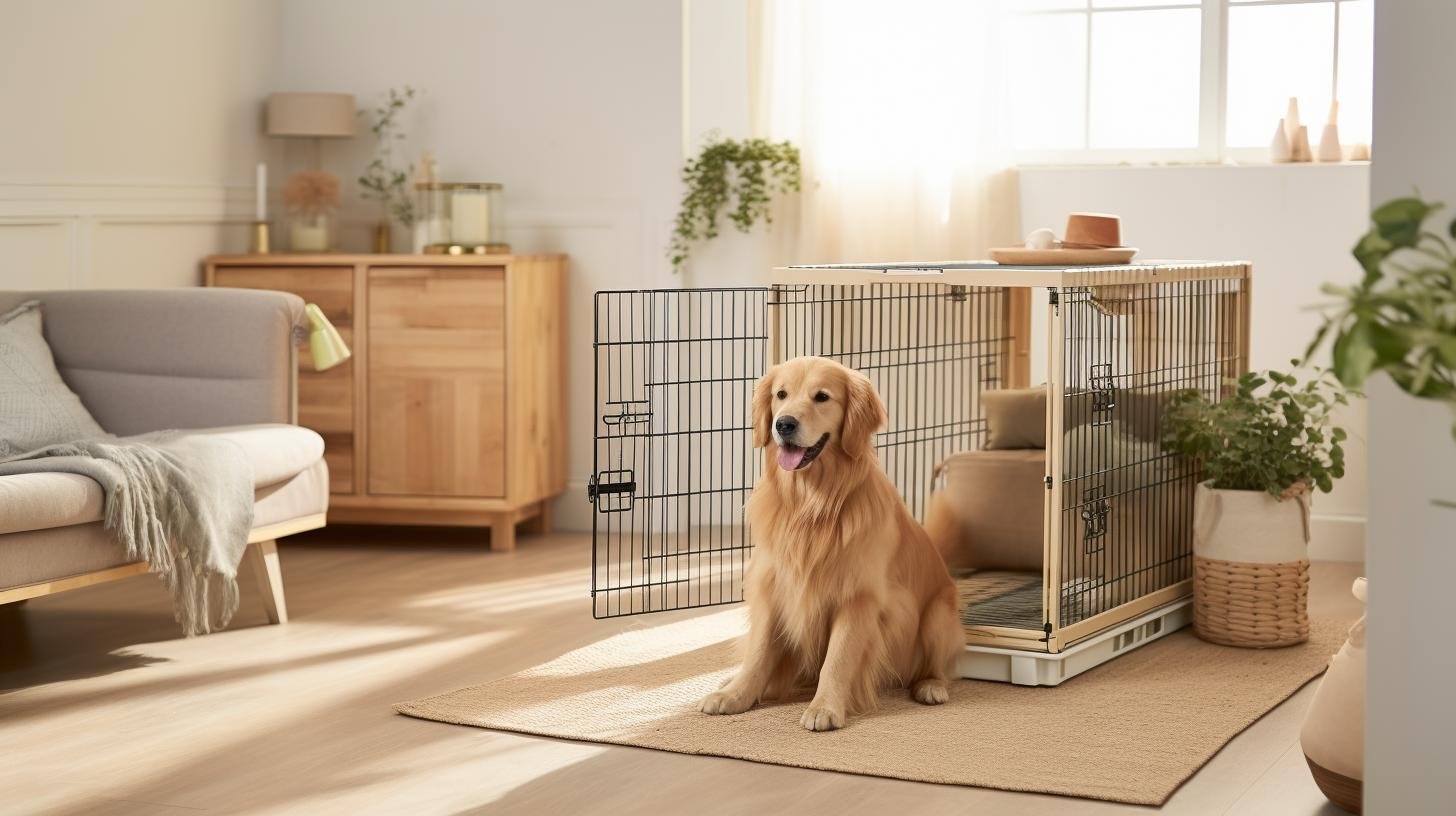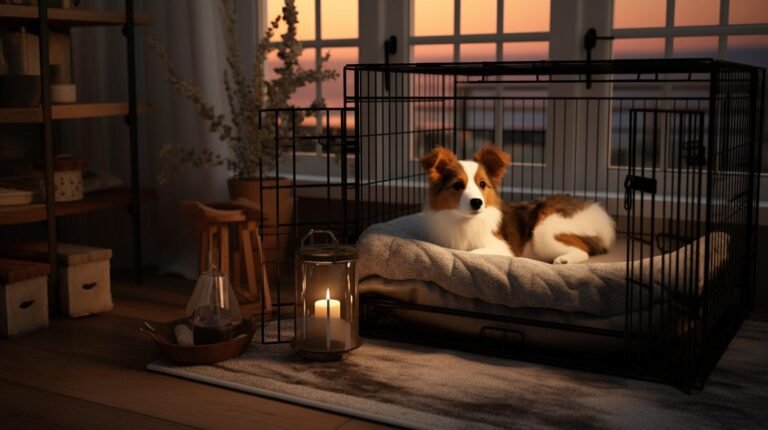Imagine your adorable pup gazing up at you with those irresistible, watery eyes, and he is saying, “Do I still need this crate?” Dogs, just like us humans, need space and freedom to walk around. As they grow, they are eager to explore the world beyond their crate, making many pet parents wonder about the right time to stop crating. The conundrum might surprise you, but fret not. This article will guide you through, unpacking the signs that signal it’s time to say adieu to the crate and tips to ensure a smooth transition.
Crating is a useful tool for house-training puppies or new dogs just adopted into the home. The crate helps elicit their natural instincts not to soil where they sleep, which can expedite the housetraining process. Moreover, a crate provides a cozy den-like space where the dog can retreat to for security and comfort. Despite these benefits, prolonged crate time can lead to anxiety and behavior issues.
Contrary to popular belief, there is no absolute age for dogs to stop crating. It depends on several factors – including the dog’s personality, training, and conditions of living. Some dogs may be ready as early as six months, while for others, it might take up to two years. This timeline is not a rigid rule but can serve as a general guidepost.
One strong indicator that your dog is ready to be un-crated is consistency in their toilet habits. When your dog can control its bladder and bowel movements for at least 8-10 hours, it signals the dog’s ability to ‘hold it in.’ Another sign to watch out for is the absence of destructive behavior. If your unattended dog doesn’t chew on furniture or shoes and can play calmly without wreaking havoc, congratulations! It might be the time for your pup to say goodbye to its crate.
But remember, this transition should be gradual. An abrupt change can be challenging for the dog and may even cause setbacks concerning behavior and anxiety. Start by leaving your dog unattended for short periods, gradually increasing the duration. Observe their behavior and, if no incidents occur, you may extend the interval without the crate.
During this transitional period, ensure your dog has access to a ‘den-like’ space to rest, relax and take refuge. It could be a small room, a dog bed, or a corner with the dog’s favorite toys. This space will provide them the comfort of the crate without the confinement.
Redirecting the energy of dogs – especially high-energy breeds – through regular exercise is an excellent way to prevent any destructive behavior when they are out of the crate. Physical activity tires your dogs, helping them to be calm and relaxed when they are indoors without the crate.
Another helpful tool in this transition is mental stimulation, by way of puzzle toys, chew toys, or even hiding treats around the home for them to find. Mental fatigue is as effective as physical exhaustion in promoting good behavior.
Training your dog to be alone without the crate is another important step. A handy trick is to set up a video monitor – using a pet monitor or just a simple webcam would do. Record your dog’s behavior while you are out, then review the footage. It can provide insights into how your dog behaves when you are not around and can also identify any separation anxiety or destructive behavior.
It’s important to be patient with your furry friend during this time. If your dog exhibits anxiety or destructive behavior, it’s okay to return to crating part-time and then try again later. The ultimate goal is not to get rid of the crate quickly, but to ensure your dog feels safe and comfortable without it.
Remember, dogs, much like kids, mature at their own pace. If your dog isn’t quite ready to come out of the crate yet, give them time. Don’t rush the process. Having said that, the crate should not be a confinement tool but rather an option for the dog to retreat to when it wants to. In the words of renowned dog behaviorist, Cesar Millan, “Dogs are pack animals, and in your home, the crate is their den.”
When your pet displays the readiness signals, brace yourself for the transition. During this phase, maintain a calm and patient demeanor. If your dog shows any negativity, it’s a signal to scale things back. Soon, your furry friend will be stretching their paws in their new-found freedom, potentially leading to a healthier, happier life for both of you.
And there you have it, freedom isn’t just about unlocking the cage, but nurturing a sense of safety and confidence in your beloved pet to maneuver the world (or house!) beyond the crate. So, next time your dog gazes at you, hoping for an answer, you know what to tell them.



